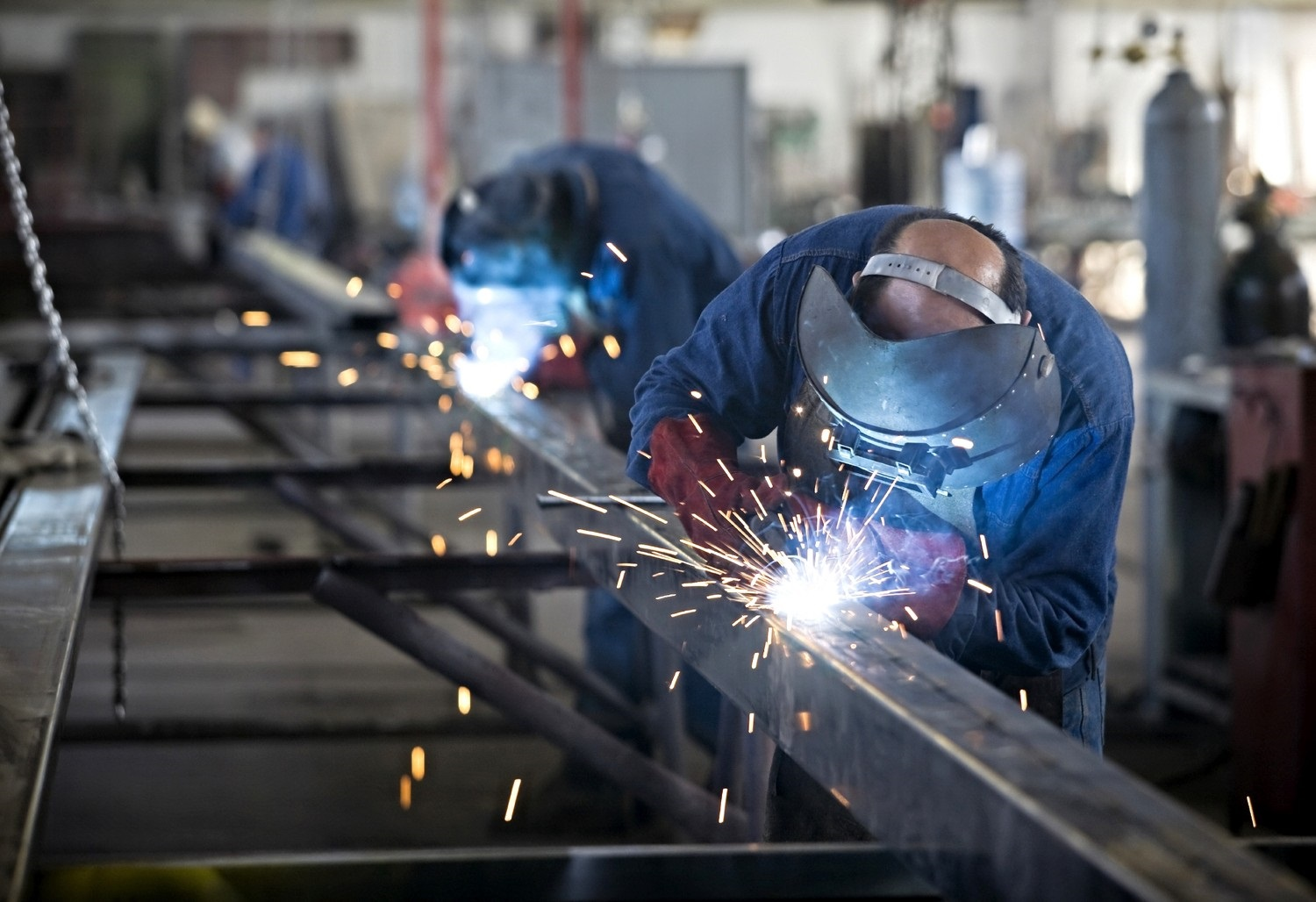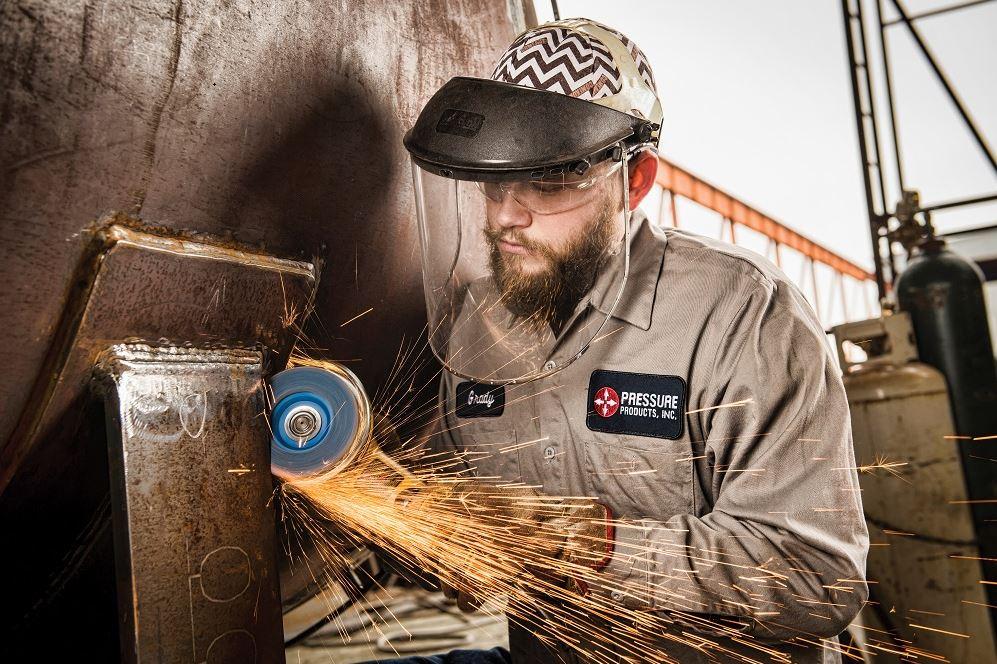Avoid welding failures with advice from Montana Mobile Welding and Repair Belgrade Fabrication
Usual Welding Fixing Issues and Just How to Address Them Effectively
Welding fixings typically run into a series of concerns that can jeopardize the stability of the final product. Typical problems consist of insufficient penetration, porosity, and misalignment, to name a few. Each flaw provides unique obstacles that call for specific techniques for resolution. Comprehending these concerns is crucial for welders aiming to enhance their results and abilities. This conversation will certainly discover these usual welding repair concerns and reliable methods to resolve them.
Inadequate Infiltration
Inadequate infiltration occurs when the weld steel fails to fully fuse with the base material, resulting in weak joints and prospective structural failings. This problem commonly stems from inadequate heat input, wrong electrode angle, or incorrect welding rate. Welders might experience insufficient infiltration due to a miscalculation of the needed parameters for a certain product density or type. In addition, contamination on the base product's surface can hinder effective bonding, worsening the problem. To address poor penetration, welders need to guarantee proper settings on their devices and maintain a tidy work surface. Routine assessment of welds is advised to determine any type of deficiencies early, enabling timely adjustments and the avoidance of jeopardized architectural honesty in bonded settings up.
Porosity
Porosity is a common flaw in bonded joints that manifests as tiny gas bubbles caught within the weld steel. This defect can compromise the honesty of the weld, bring about decreased strength and possible failure under stress and anxiety. Welding. Porosity usually emerges from contamination, wetness, or improper welding techniques, which allow gases to run away right into the molten weld pool. To deal with porosity, welders should assure appropriate surface preparation, preserve a tidy workplace, and utilize ideal welding parameters. Furthermore, selecting the ideal filler material and shielding gas can mitigate gas entrapment. Normal assessment and testing of welds can aid recognize porosity early, assuring prompt rehabilitative actions are taken, thus preserving the quality and dependability of the bonded framework
Imbalance
Misalignment in welding can emerge from numerous elements, consisting of improper arrangement and thermal development. Recognizing the origin is vital for reliable resolution. Numerous modification methods are readily available to straighten elements and assure structural integrity.
Reasons for Imbalance
Welding misalignment frequently comes from a variety of underlying concerns that can endanger structural stability. One primary cause is inappropriate fit-up of components prior to welding, which can lead to gaps and unequal surfaces. Variants in thermal growth throughout the welding process can likewise lead to distortion, especially if the materials being joined have different coefficients of development. Additionally, insufficient fixturing and clamping may fail to hold parts securely in position, causing movement during welding. Badly kept tools, including welding equipments and devices, might introduce variances in the weld grain, further adding to imbalance. Ultimately, operator mistake, originating from not enough training or experience, can also play a significant function in producing misaligned welds.
Modification Strategies Offered
Resolving imbalance efficiently calls for a combination of restorative strategies customized to the details problems at hand. One typical method is using jigs or fixtures to hold parts in the correct position during welding, making sure consistent placement. In addition, preheating the products can aid reduce distortion and improve fit-up. For substantial imbalance, mechanical adjustment methods, such as utilizing hydraulic jacks or clamps, can be utilized to correct the position before welding. Post-weld warmth treatment might likewise be needed to relieve stresses triggered by imbalance. Lastly, careful inspection and adjustment throughout the arrangement phase can avoid imbalance problems from coming to be substantial issues, advertising a smoother welding process and boosting overall architectural honesty.
Distortion
Distortion is a common challenge in welding that can develop from numerous variables, including irregular cooling and heating. Recognizing the reasons of distortion is essential for carrying out efficient prevention techniques. Resolving this concern not only enhances architectural stability however also boosts the overall top quality of the weld.
Sources of Distortion
When based on the extreme warmth of welding, materials usually go through modifications that can cause distortion. This sensation primarily emerges from thermal expansion and tightening throughout the welding procedure. As the weld location warms up, the product increases; upon cooling, it gets, which can develop interior stress and anxieties. Additionally, irregular heating throughout a workpiece can intensify these stresses, leading to bending or flexing. The sort of material additionally plays a considerable duty; metals with differing thermal conductivity and coefficients of expansion may respond in a different way, leading to unpredictable distortions. In addition, inadequate joint style and inadequate fixturing can add to imbalance throughout welding, enhancing the possibility of distortion. Comprehending these reasons is essential for effective welding repair and prevention methods.
Prevention Techniques
Reliable avoidance techniques for distortion throughout welding concentrate on regulating warm input and guaranteeing appropriate joint layout. Maintaining a consistent warm input aids to decrease thermal expansion and contraction, which can cause distortion. Using strategies such as preheating the work surface can also reduce the temperature level gradient, promoting uniform heating. Additionally, selecting appropriate joint designs, such as T-joints see this or lap joints, can boost security and minimize stress and anxiety focus. Carrying out proper fixturing to safeguard the workpieces in place even more help in preserving alignment during the welding process. Ultimately, staggered welding series can disperse warmth extra equally, protecting against localized distortion. By using these strategies, welders can significantly lower the likelihood of distortion and enhance the overall high quality of their welds.
Cracking
Cracking is an usual problem run into in welding repair services, frequently resulting from numerous aspects such as improper air conditioning rates, material selection, or inadequate joint preparation. The incident of fractures can greatly compromise the integrity of the weld, leading to possible failures throughout procedure. To resolve this problem, welders must initially evaluate the origin, making sure that products are suitable and properly picked for the details application. In addition, regulating the cooling price during the welding process is vital; fast air conditioning can cause stress and cause cracking. Correct joint style and prep work also add to lessening the threat. Implementing these methods can enhance weld top quality and durability, eventually lowering the possibility of breaking in finished weldments.

Incomplete Fusion
A significant concern in welding fixings is insufficient blend, which takes anonymous place when the weld steel does not sufficiently bond with the base material or previous weld passes - Montana Mobile Welding and Repair Belgrade Fabrication. This problem can bring about weak points in the joint, potentially jeopardizing the honesty of the welded structure. Variables adding to insufficient combination consist of not enough warm input, incorrect welding strategy, and contamination of the surface areas being signed up with. To resolve this problem successfully, welders must ensure proper pre-weld cleaning and surface area preparation, as well as change their welding criteria to attain adequate penetration and combination. Regular inspection during the welding process can additionally help determine incomplete blend early, permitting for timely rehabilitative steps to boost the overall high quality of moved here the weld
Overheating
While welding repairs can enhance structural honesty, overheating provides a significant challenge that can result in product deterioration. Too much heat throughout welding can modify the mechanical residential or commercial properties of steels, resulting in minimized strength, enhanced brittleness, and warping. This phenomenon is especially important in high-stress applications where architectural integrity is critical. Identifying getting too hot can entail visual assessments for staining or distortion, in addition to keeping an eye on temperature during the welding procedure. To minimize the threats related to getting too hot, welders should employ appropriate techniques, such as managing heat input, changing traveling rate, and utilizing ideal filler materials. Furthermore, executing pre- and post-weld warmth therapies can help bring back material properties and improve the overall top quality of the fixing, making certain lasting efficiency and safety and security.
Frequently Asked Inquiries
What Are the Common Indications of a Welding Problem?

How Can I Test My Welds for Top quality?
To test welds for quality, one can use visual examinations, ultrasonic screening, and radiographic approaches. Each method assures architectural integrity, determines flaws, and verifies adherence to specified requirements, ultimately boosting the integrity of the bonded joints.
What Safety and security Precautions Should I Take While Welding?
When welding, one need to prioritize security by using ideal individual safety devices, making certain correct air flow, protecting flammable products away, keeping a tidy workspace, and knowing surroundings to avoid injuries and mishaps.
Can I Repair a Weld Without Remodeling the Entire Joint?
Fixing a weld without redesigning the whole joint is feasible, depending upon the damage (Montana Mobile Welding and Repair Belgrade Welding). Techniques such as grinding, including filler product, or making use of a welding process can properly address specific defects while maintaining the surrounding framework
What Devices Are Essential for Effective Welding Services?
Important tools for reliable welding fixings include a welding equipment, wire brush, grinder, protective gear, clamps, and filler products. Each device plays an essential role in ensuring top quality and safety and security throughout the fixing process. Porosity typically develops from contamination, dampness, or inappropriate welding techniques, which permit gases to escape right into the liquified weld pool. Badly conserved equipment, including welding makers and devices, might present incongruities in the weld bead, further contributing to imbalance. When subjected to the extreme warm of welding, materials usually undergo adjustments that can lead to distortion. Breaking is a common concern run into in welding fixings, typically resulting from numerous aspects such as incorrect cooling prices, material option, or inadequate joint preparation. A significant issue in welding repair services is incomplete combination, which happens when the weld steel does not appropriately bond with the base product or previous weld passes.